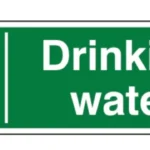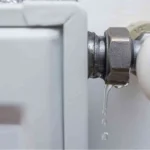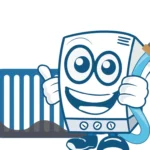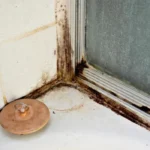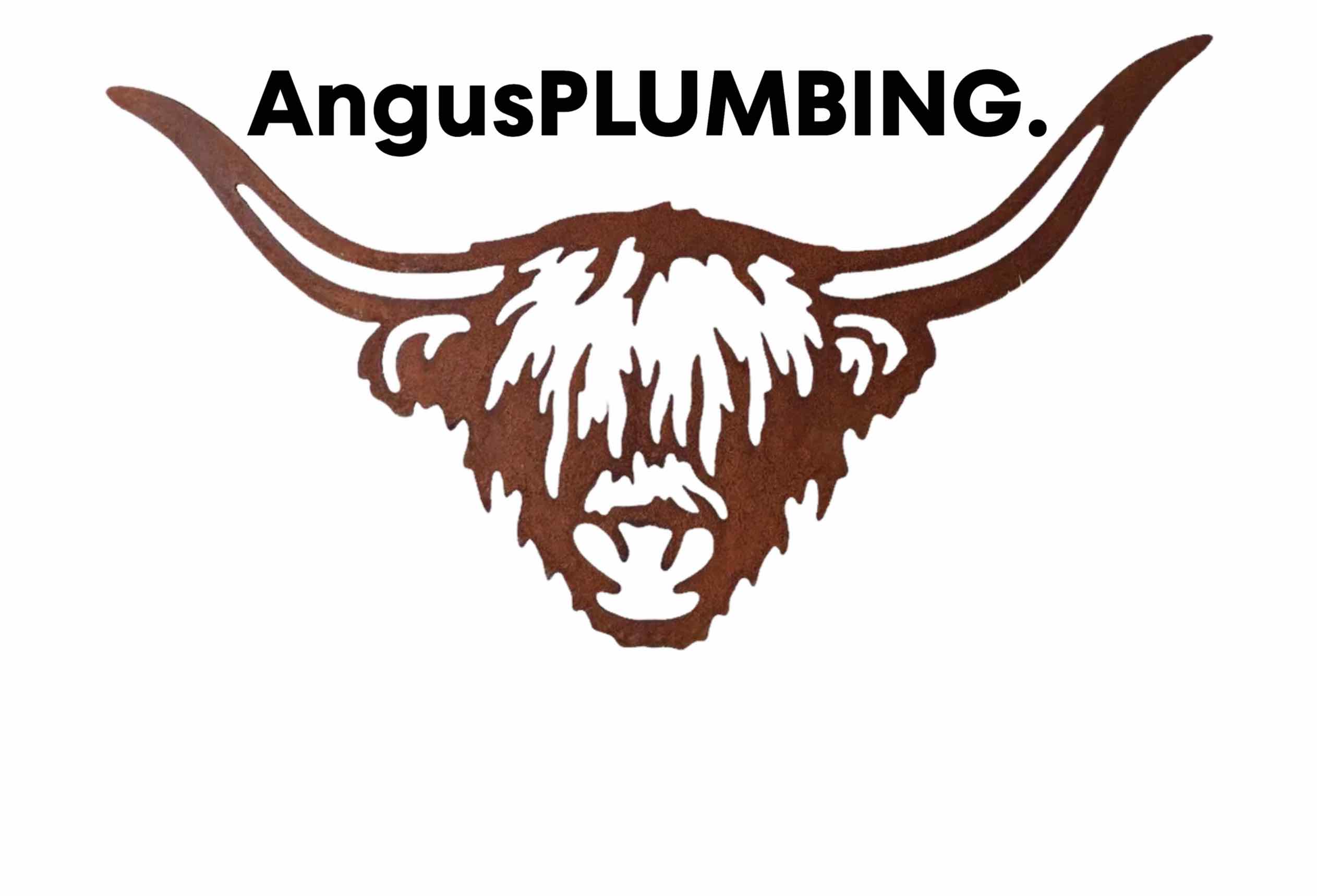Plunge just like a plumber!!

Blocked toilet? Plunging a toilet may not be the most glamorous task, but it’s a necessary that every homeowner or tenant may have to face at some point.
When it comes to household problems, few things can be as frustrating and unpleasant as a clogged toilet. Not only does it stop you from using the bathroom, but also cause unpleasant smells, a health hazard and if left untreated even damage to your plumbing system. Fortunately, most clogged toilets can be easily fixed with a simple tool – the plunger.
In this blog post, we’ll guide you through the process of plunging a toilet, step by step including the tools you’ll need, how to prepare the area, how to plunge effectively – like a plumber, as well as some tips and tricks to make the process as smooth and efficient as possible. So, let’s dive in!

Plumber - Paul
Paul's a member of the Chartered Institute of Plumbing & Heating Engineers, Water Regs UK (formerley WRAS – Water Regulations Advsiory Scheme) certificated as well as a qualified unvented cylinder engineer and a qualified heat pump engineer.
Basics first - what causes a toilet to clogg?
Before we get on to the good stuff – plunging a toilet, we’ll run you through what causes a toilet to clog in the first place, so that you know what you’re dealing with:
- Flushing non-flushable items. Many people make the mistake of flushing all sorts of things down the toilet that simply shouldn’t be flushed, such as baby wipes, paper towels, ear buds, feminine hygiene products, and even toys. It’s easy for any of these to get stuck in the pipes and cause a blockage.
- Too much toilet paper. Yes, using too much loo-roll can also cause a toilet to clog. If you notice that the toilet is slow to flush or the water level is rising higher than usual, you may have used too much or the white quilted stuff!
- Low-flow toilets. These toilets are designed to conserve water, but they’re also more prone to clogs. If you have a low-flow toilet, you’ll need to be much more careful about what you flush down the pan.
- Older plumbing. If you’ve older plumbing, your toilet will be more prone to clogs. Over time, pipes become corroded and damaged. The rougher surface means that anything flushed is more likely to get caught on the inside pipe wall and stop the flow of what you’ve flushed.
Keeping your toilet running smoothly isn’t difficult and it’s an important part of keeping your home’s plumbing system in tip top shape. Not only can a blocked toilet lead to potentially expensive repairs – an emergency callout of rodding company isn’t cheap, but it causes an inconvenience that you can do without, especially if you’ve only the one loo.
The good news is that there are some simple, easy things that you can do to stop a clog from happening and keep your privy in pristine working order. Read on for our top 10 recommendations….
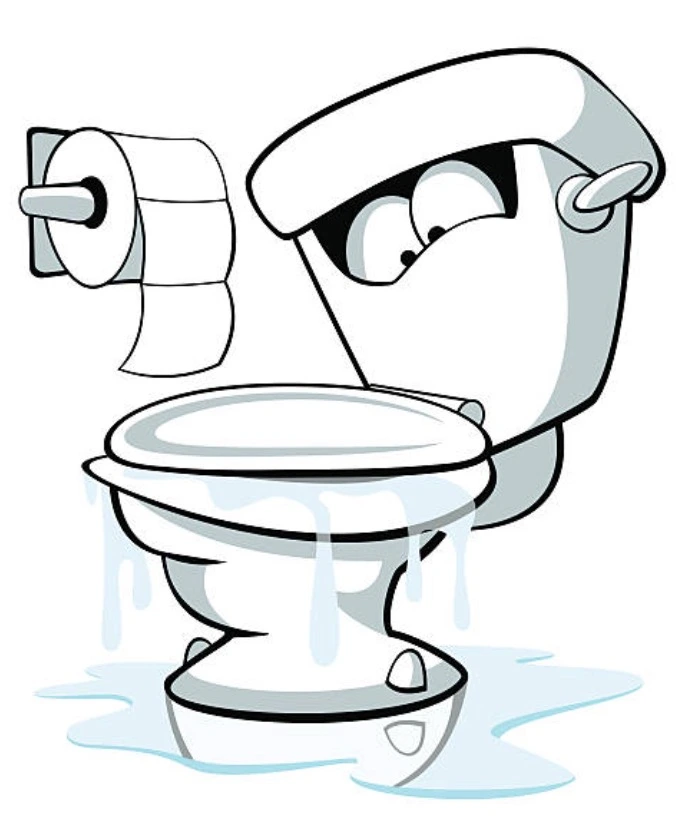
Method 1: Watch what you flush – get rid of waste properly
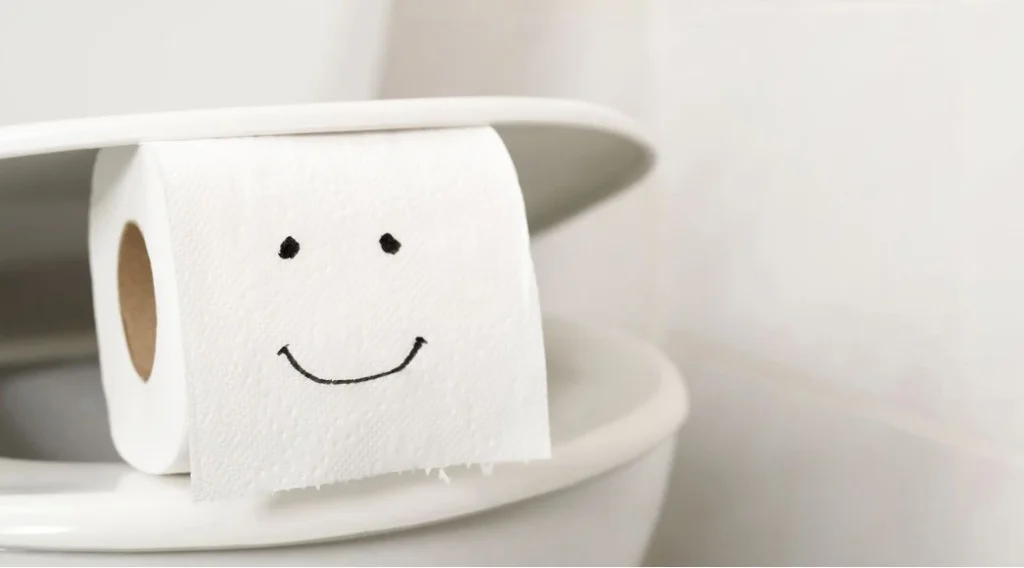
Blocked toilet? The most common cause of a blocked toilet is inappropriate disposal of waste. Toilets aren’t rubbish bins and shouldn’t be used to get rid of anything other than human waste and loo roll. Flushing anything else down such as facial tissues, baby wipes, cotton balls, sanitary products, or paper towels etc. will eventually cause your toilet to block up.
Children are known for flushing toys, small items, and other things down the toilet. These can get stuck in the pipes, leading to blockages. If you’ve particularly young kids in your home, you’ll benefit from teaching them what can and cannot be flushed and encourage them to dispose of non-flushable items in a nearby rubbish bin.
Grease (not the John Travolta/Olivia Newton-John movie). Always avoid pouring fats and grease and down the sink, drain or the toilet. These can solidify in the pipes and create blockages over time. Instead, use the rubbish bin or put them in a separate container and always avoid pouring them through your plumbing. You should also use a paper towel to wipe out any excess grease/fat from pans before washing them in the sink or dishwasher. Doing this will help you to avoid a major blockage that can in turn lead to major problems and the need to call a plumber.
So, the first step you should take to preventing a blocked toilet is educating everyone in your household on what can and can’t be flushed down the toilet. Placing signs (humorous ones if you’re partial) in your bathroom can be a good reminder and great for visitors but forget the good old family conversation.
Method 2: Use less or thinner more absorbent toilet paper
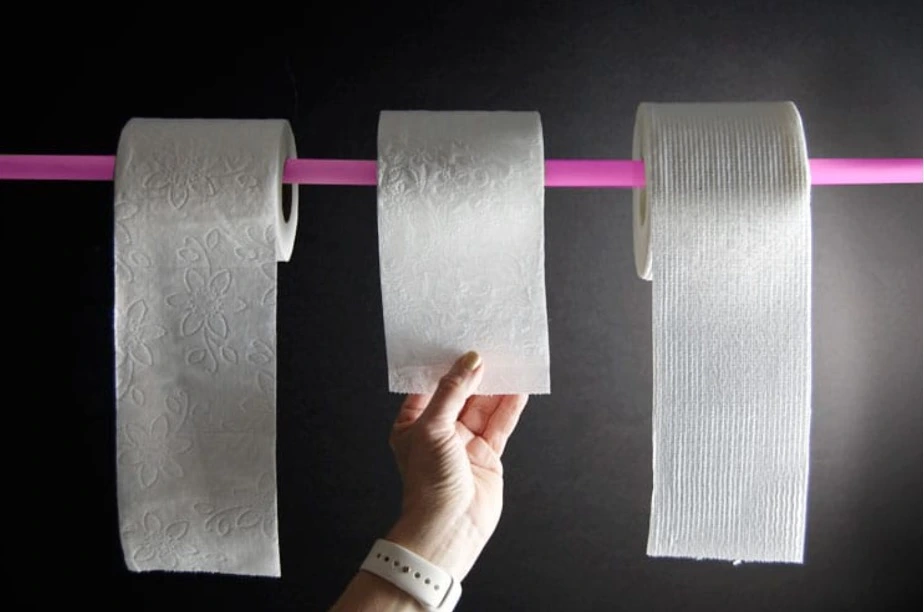
Blocked toilet? Using too much loo roll can also lead to a blocked toilet. While tp is designed to break down in water, using too much can overwhelm the system, leading to a blockage. If you’ve regular blockages, simply use less paper each time you go. Your toilet and plumbing will love you and so will the trees.
Another option is to use thinner, more absorbent loo roll. These types of toilet paper break down more quickly in water, reducing the risk of blockages. You can also consider using a bidet or a toilet seat with a built-in bidet to reduce the amount of toilet paper you use. “Japanese” toilets are great at this, but you may not want to let your neighbours and friends know as they’ll be round wanting to try it and its heated seat, flashing lights, gentle music out!
Method 3: Regular maintenance
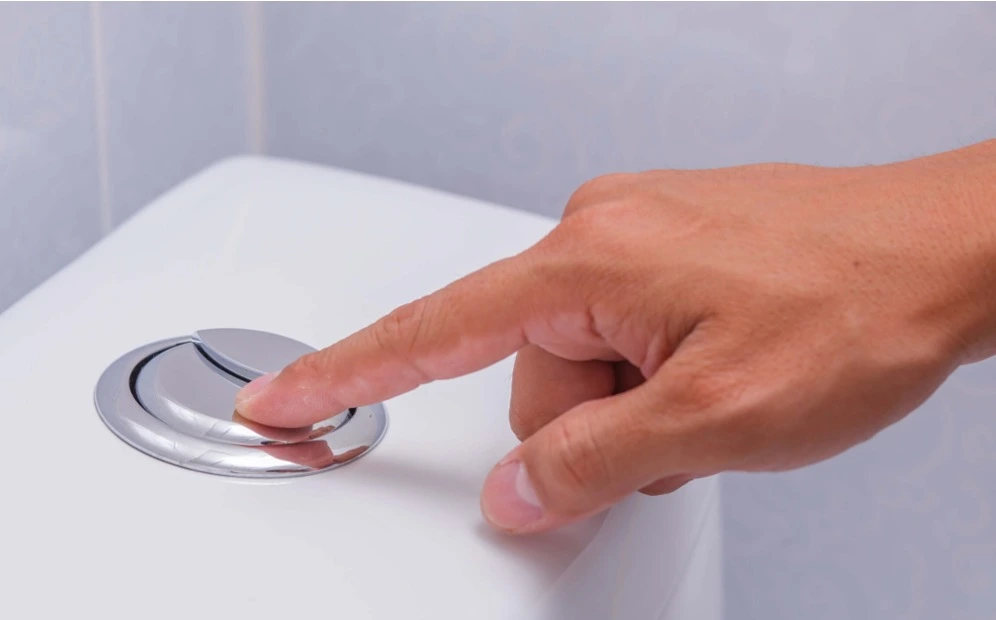
Blocked toilet? Taking care of your loo is essential to keeping it in good working order. This includes cleaning your toilet regularly to prevent the build-up of bacteria and grime, as well as testing the flushing mechanism.
Flushing the toilet often will help prevent blockages. If you wait too long between flushes, waste can build up in the toilet bowl and cause clogs. You really should flush the toilet after each use (maybe not for number ones), especially if you’re using toilet paper. This will help to keep the pipes clear and prevent any blockages from forming.
Another way to maintain your toilet is to use a plunger regularly – we’ll show you how to do this in bit. Plunging will help to dislodge any blockages before they become a problem. It’s also a good idea to have a plumbing professional inspect your toilet and plumbing system regularly. They’ll be able to identify any potential issues before they become a problem and give you recommendations so that blockages aren’t a problem.
If you notice your toilet leaking or a leak from its cistern or plumbing have these seen to straight away. This way you’ll avoid causing water damage to your home and potentially expensive repairs.
Method 4: Clean your toilet, often
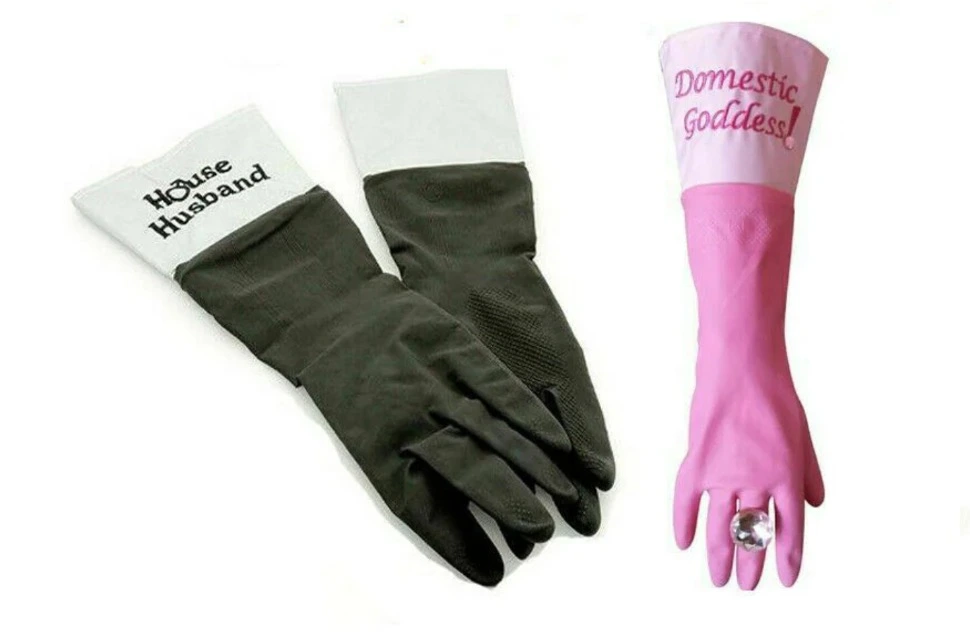
Blocked toilet? Regularly cleaning your toilet is an important part of preventing blockages. Over time, mineral deposits- limescale etc., bacteria, and other debris accumulates in your toilet bowl and pipes and can cause blockages. To prevent this, you should look to get busy with the marigolds at least once a week.
It’s important of course to clean both the inside and outside of your toilet bowl, as well as the area around the base of the toilet. Use a toilet bowl cleaner and a brush to clean the inside of the bowl, and a disinfectant cleaner to clean the outside and the base of the toilet. You’ll want to rubber-glove up more often if you’ve a large family or use the toilet frequently.
Here’s how to clean your toilet:
- Add a toilet bowl cleaner to the bowl.
Using a toilet bowl cleaner will help prevent blockages by keeping your toilet’s pipes clean and free of build-up. Look for a cleaner that is specifically designed for toilets and is safe for your plumbing system. You can also use natural cleaners – vinegar and baking soda, to clean your toilet bowl. Simply pour a cup of vinegar or a half-cup of baking soda into the bowl, let it sit for a few minutes, then scrub the bowl with a brush and flush. - Use a toilet brush to scrub the inside of the bowl, paying special attention to the areas under the rim.
- Flush the toilet several times to rinse away the cleaner and debris.
Method 5: Avoid using chemical drain cleaners
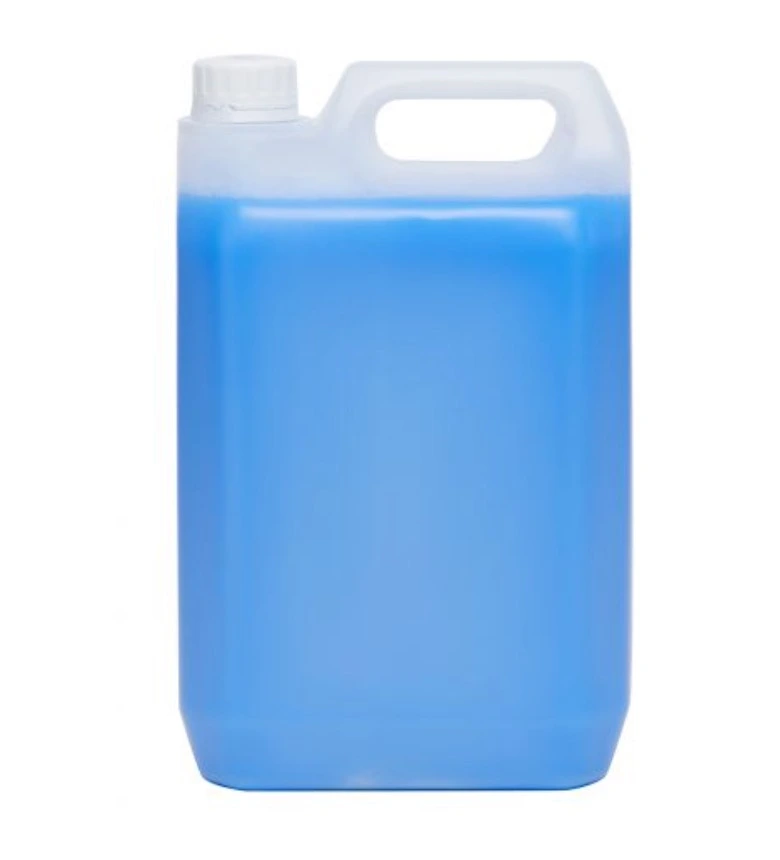
Blocked toilet? Chemical drain cleaners can be very effective at removing blockages, but they’re also harmful to your plumbing system. The chemicals in these cleaners corrode pipes and damage your toilet, leading to more significant problems down the line.
Method 6: Install a toilet auger
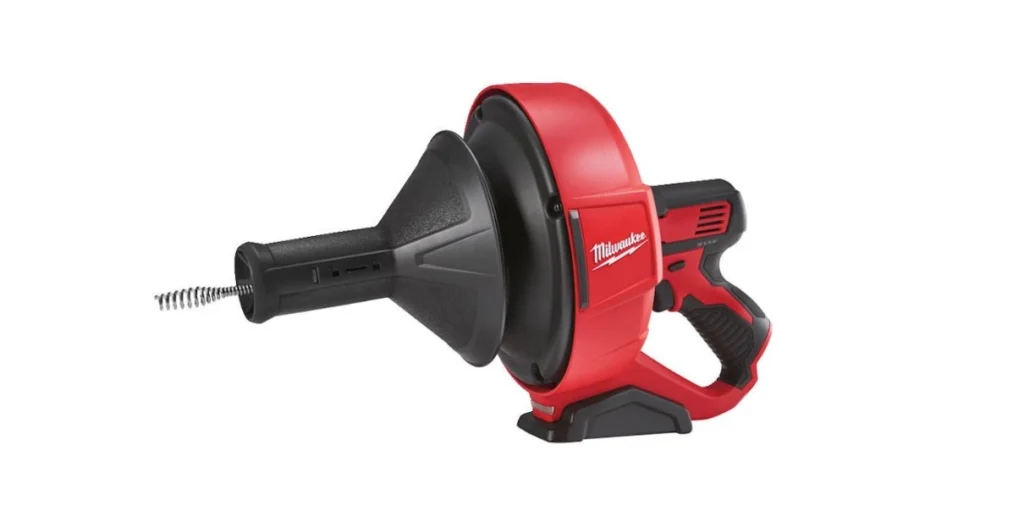
Blocked toilet? If you are experiencing frequent blockages, you may want to consider fitting a toilet auger.
This is a specialised tool that breaks up and remove blockages from your toilet. It works by inserting a flexible cable into the toilet and using a handle to rotate this and break up any clogs. Make sure that you use it correctly unless you want to damage your loo and pipes.
While a toilet auger may be a bit pricey, it’ll save you money in the long run by preventing serious blockages that may require professional plumbing services.
Method 7: Prevent build-up of hard water deposits
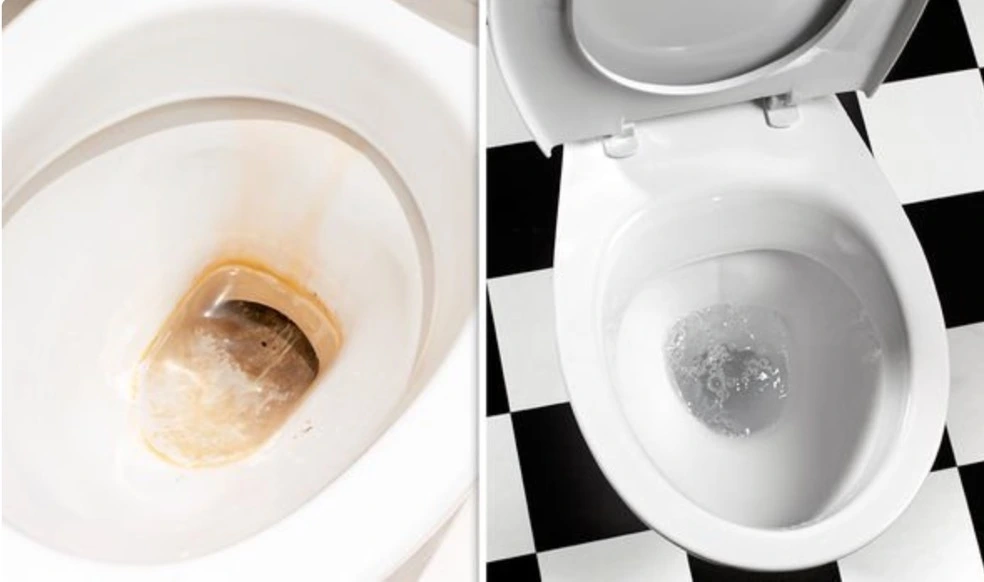
Blocked toilet? The Thames Valley is famous for its mineral rich hard water with high levels of calcium and magnesium. Over time, these minerals can accumulate in your plumbing system, including your toilet’s pipes. The build-up of these minerals will cause blockages in your toilet’s plumbing system, damage appliances as well as your central heating systems (and reduce its efficiency), and also cause problems for people with eczema and other skin conditions.
Installing a water softener (ion exchange, salt free, reverse osmosis or magnetic) will stop this from happening. For the Thames Valley’s hard water, twin-cylinder softeners are available that don’t need electricity or programming. These give a constant flow of soft water to taps and appliances all day, every day. Only minor maintenance is needed, but these aren’t suitable for all homes though and an electric single cylinder may be more appropriate – and also cheaper to run depending on the size of your home/family and water usage.
Water softeners can range from hundreds of pounds to over a thousand pounds. Like choosing a car, all systems promise to get you from A to B, but some are capable of doing this more reliably and efficiently than others.
Method 8: Adjust your water level
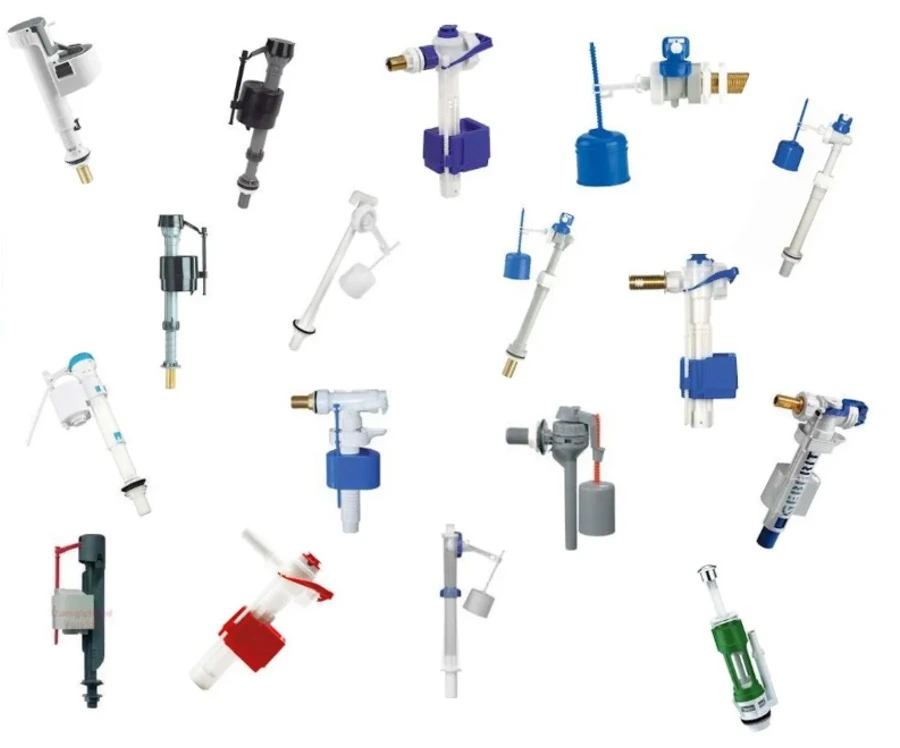
Blocked toilet? The water level in your toilet bowl affect its flushing power.
If the water level is too low, it can cause weak flushing and lead to blockages. If the water level is too high, it can cause excessive water usage and potential water damage. To adjust your water level, locate the fill valve on the back of the toilet and adjust it until the water level is about one inch (2 cm) below the rim of the toilet bowl.
Method 9: Check your water pressure
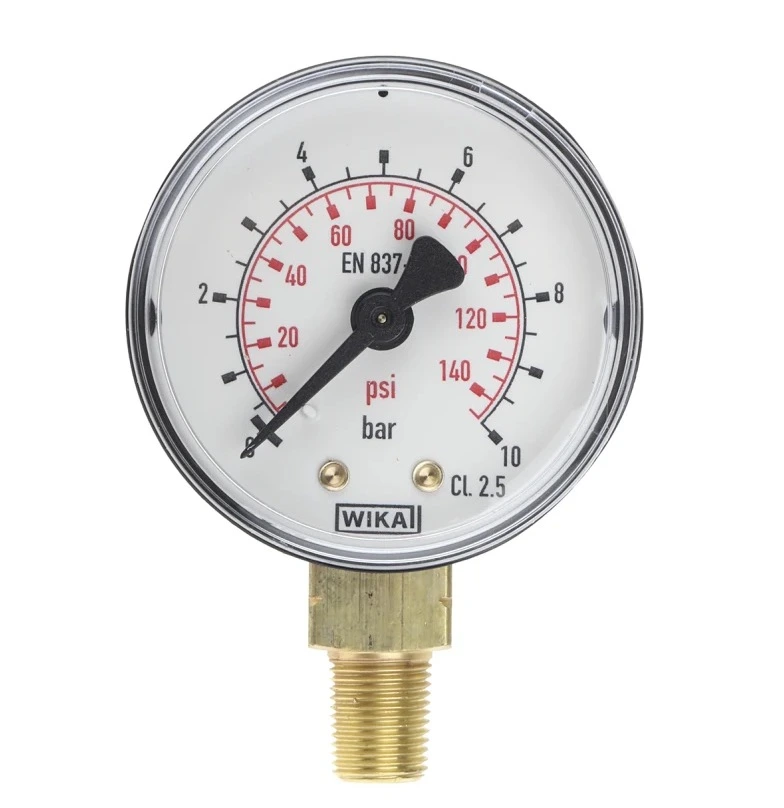
Blocked toilet? Low water pressure can be another cause of toilet blockages.
If your toilet isn’t getting enough water, it may not be able to flush waste and toilet paper properly, leading to blockages over time. To prevent this from happening, check your water pressure regularly and make sure it’s set to the right level. If you’re not sure how to do this, contact a plumber to help you out.
Method 10: Install a pressure-assisted toilet
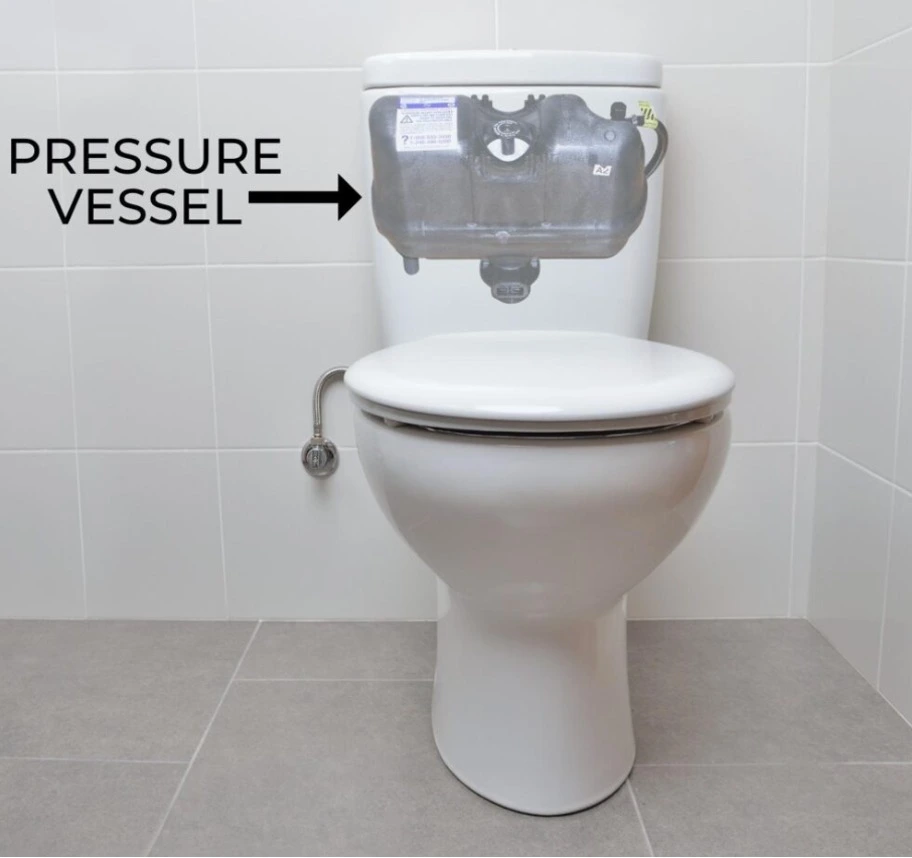
Blocked toilet? If you’re still experiencing blockages despite trying all the other methods, you may want to consider installing a pressure-assisted toilet.
These loos use pressure to flush waste and toilet paper down the pipes, making clogging less likely. While they can be a bit pricey, they’re a good investment for anyone who’s had regular and frequent problems with toilet blockages.
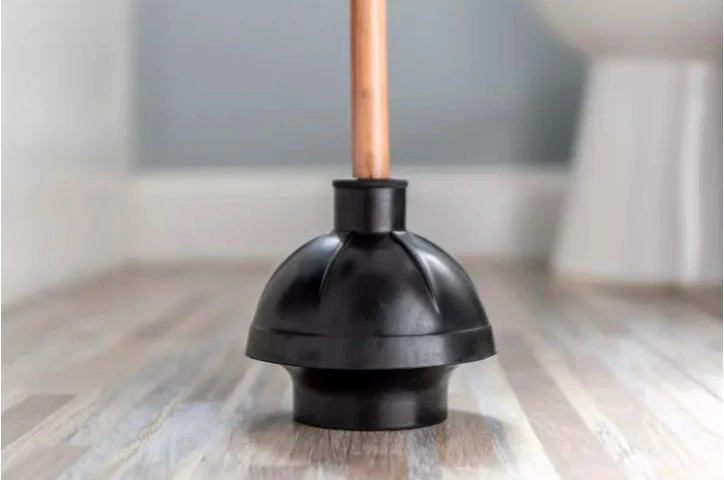
Ready, steady…? Why plunging works
On your marks, get set….
Before we dive into the details of how to plunge a toilet, we’ll first take a look at why it works.
When you flush the toilet, water rushes down the drain and creates a suction force that pulls waste and toilet paper out of the bowl and into the plumbing system. If the drain becomes blocked, this suction force is reduced, and the waste and loo roll can’t be properly flushed away. This is where a plunger comes in.
A plunger works by creating pressure and suction within the toilet bowl. When you push the plunger down, it forces water into the drain and creates pressure. Then, when you pull the plunger up, it creates suction that pulls the blockage out of the way. This repeated pushing and pulling action should dislodge whatever is causing the blockage and allow the water to flow freely again.
Step 1: Assess the situation
Blocked toilet? Is the toilet completely clogged, or is it just slow to drain? If it’s slow to drain, you may be able to fix the problem with a few flushes or some hot water. However, if the toilet is completely clogged and water’s backing up into the bowl, it’s time to bring out the plunger.
Before you start plunging, you need to assess the situation to determine the severity of the clog. The things to look for are:
- Is the water level in the toilet bowl high or low?
- Is the water draining slowly or not at all?
- Is there any visible debris in the toilet bowl?
These will determine how much plunging you’ll need to do and how long it may take to clear the clog.
Step 2: Get the right tools
Blocked toilet? Yes. To plunge a toilet, you’ll need a plunger. A plunger is a rubber cup with a handle that creates suction to dislodge clogs in the toilet. You can find plungers in most hardware stores or online. It’s important to choose a plunger with a flange, which is a rubber extension that fits into the toilet bowl and creates a good seal. This’ll help create more suction and make the plunging process more effective.
You’ll also need to gather the supplies you’ll use including:
- Rubber gloves – wearing rubber gloves is optional but recommended, especially if you are dealing with a particularly messy clog.
- Towels or old rags – have some towels or old rags handy to clean up any water or debris that may spill out of the toilet bowl during plunging.
- Bucket – you may need a bucket to bail out excess water if the water level is high.
Step 3: Prep the area
Blocked toilet? Before you start plunging, you’ll want to prep the area. Remove any objects from around the toilet, including rugs, towels, and cleaning supplies. You don’t want anything to get in the way or get dirty during the plunging process. Protect the floor if you’re worried about water spilling over onto it, place some towels or rags around the base of the toilet to absorb any spills.
- Then put on some gloves if you’re squeamish about touching the toilet water -and to protect your hands from any bacteria or germs and grab a bucket or a plastic bag to collect any excess water that may splash out during the plunging process.
- Turn off the water supply. The water supply valve is usually located behind the toilet. Turn it off to prevent any water from entering the toilet bowl.
- Remove any excess water from the toilet bowl using a bucket or bag. You don’t want the water level to be too high, or it will overflow when you start plunging.
- Add some hot water to the toilet bowl. This will help loosen any debris that may be causing the clog.
- Then, add some hand soap to the bowl. This will help to break up any grease or oil that may be causing the clog.
Now that you have got your supplies, assessed the situation, and prepared the toilet, it’s time to start plunging. Here’s how to do it:
Step 4: Position the plunger
Blocked toilet? Now it’s time to position the plunger.
The first thing you’ll want to do is to create a good seal between the plunger and the toilet bowl. To do this place the plunger in the bowl, making sure the flange is centred over the drain. Press down gently to create a seal, then slowly push down and pull up on the handle to create suction. You’ll want to create a good suction seal so that when you push down on the plunger, the air pressure will push the blockage out of the way.
Step 5: Plunge away!
Blocked toilet? So, we’re good to go to plunging.
Use a firm, rapid up-and-down motion to push and pull the plunger up and down. Keep the plunger upright and use the handle to create suction. Don’t use a twisting or rocking motion as this will break the seal and reduce suction. You’ll want to plunge for about 30 seconds to a minute, then stop and see if the water in the toilet bowl has drained. If it hasn’t, repeat the process until the clog is cleared.
Step 6: Flush and clean up
Once the clog has been cleared, it’s time to flush the un-blocked toilet and make good. Flush the loo a few times to make sure the water is flowing as it should, and check to make sure the water is draining properly. If everything’s working properly, clean up any excess water with a towel or mop, and dispose of any dirty water in the bucket or plastic bag. Don’t forget to rinse the plunger with hot water to remove any debris or bacteria. Also, wash your hands thoroughly with soap and water to prevent the spread of any germs.
Plunging a blocked toilet can be an unpleasant task, but it’s a necessary one if you’re faced with a clogged toilet. By following these simple steps, you’ll plunge a toilet just like a plumber and avoid any further plumbing problems. Remember to wear rubber gloves, use a steady rhythm, and clean up properly after you’re done.
Plunging a blocked toilet – 7 tips and tricks for success
Plunging a clogged toilet can be a messy and frustrating process, but with these tips and tricks, you’ll make the process as smooth and efficient as possible.
- Use a plunger with a rubber cup that fits the size of your toilet drain. Make sure it has a flange. A plunger with a flange creates a better seal and makes the plunging process more effective.
- Add hand soap. Adding a small amount of soap to the water in the bowl will help lubricate the drain and make it easier to clear clogs. If the clog is stubborn, try adding hot water to the bowl as well to help loosen it up.
- Don’t use chemicals. Chemical drain cleaners can be harmful to your plumbing system and can even damage your pipes over time. Stick to using a plunger or plumbing snake to clear clogs.
- Keep the plunger cup in contact with the drain to maintain suction.
- Use a gentle but firm up-and-down motion when plunging.
- Don’t break the seal – very important, if you de it’ll reduce the effectiveness of the plunging.
- If the clog is still not clearing after several attempts, you may need to call a plumber.
Preventing toilet clogs – 5 tips and tricks
- Don’t flush anything other than toilet paper and human waste down the toilet. Avoid flushing items such as baby wipes, hygiene products, or paper towels down the toilet as they can cause clogs.
- Regularly clean your toilet. A dirty toilet can cause clogs, so make sure you scrub it regularly.
- Use a drain snake/auger. If you have a persistent clog, you may need to use a drain snake to clear it.
- Use a plunger correctly. As we’ve discussed, using a plunger correctly is important for effective and efficient unclogging.
- Call a professional. If you’re not able to clear a clog yourself, it may be time to call a plumber to diagnose and fix the problem.
Wrapping up....
Buy now you should be an expert on what causes toilets to clog up, how to make sure that this doesn’t happen to you and of course what to do if it does!
A blocked toilet will never again for the most be something that you’ll worry about. That said there may be occasions when you won’t be able to clear the blockage and need a professional’s help. If this happens we’d of course love to help and simply give us a call or drop us a text or WhatsApp and we’ll be right over.
See you soon....
That’s it for today! Until next time, you can always find us on www.angusplumbing.co.uk (we’ve a great on-line booking mechanism) or on Instagram, Facebook and YouTube. Or, if you wanted to, you can call, text or WhatsApp us on 07442 966664.
We’d love to hear from you, especially if there’s something, you’d like us to blog about.
All the best for now
The ANGUSplumbing team


